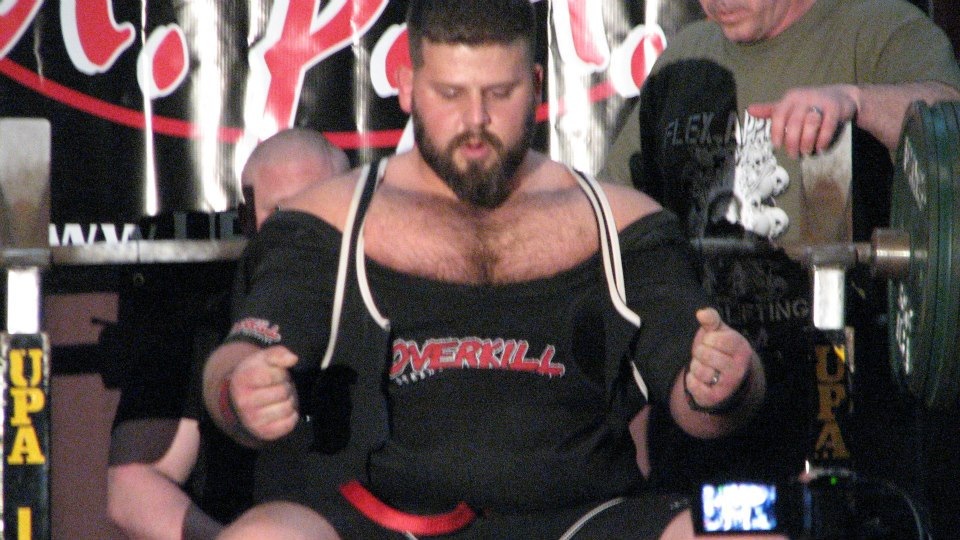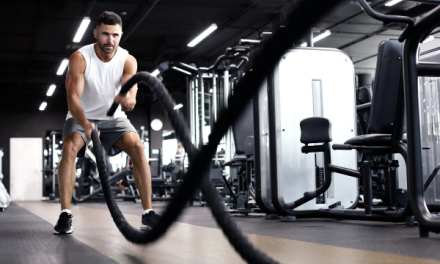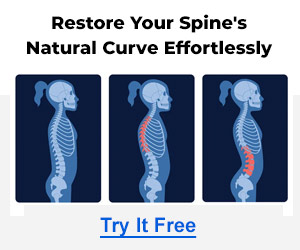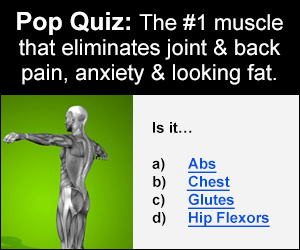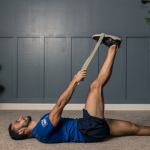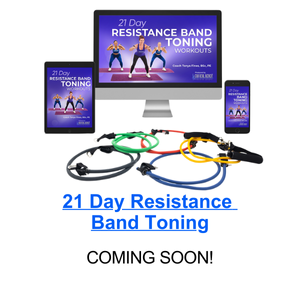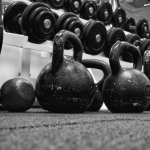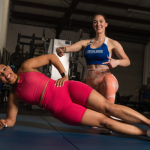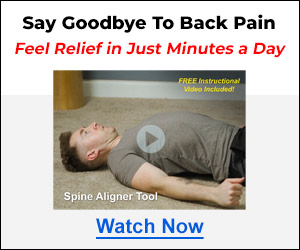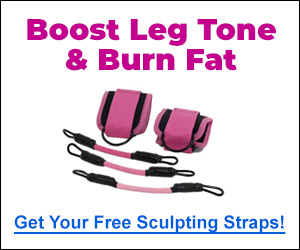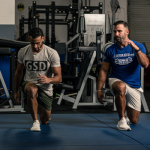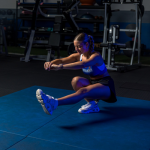Here are the top 5 reasons why Strength Coaches and other fitness experts have abandoned the sit-up or crunch long ago & why you should too.
REASON #1: Crunches Only Work the Surface
This is a problem for two reasons. First, this creates an imbalance between weak and strong muscles with the most important muscles—the inner ones—being overlooked. And while the outer muscles may look good, they do nothing to protect the stability or integrity of the spinal column.
Additionally, strong outer muscles covering weak core muscles provide a false sense of security, significantly increasing the risk of back injury.
Secondly, our bodies are designed to work and move “most effectively” as a single unit of strength and power.
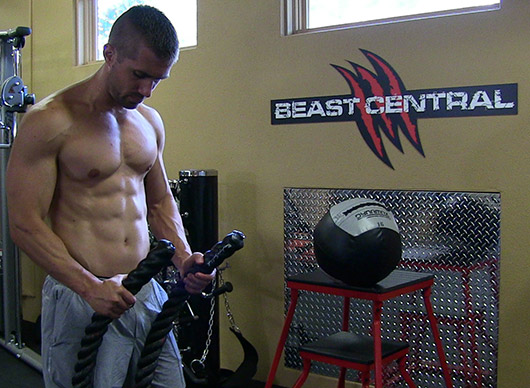
It is ALWAYS in our best interest to challenge our abdominal muscles with larger, more strenuous movements (i.e. Olympic lifts, powerlifting, plyometrics, etc.), minimizing our time with isolation exercises, resulting in the desired outcome… a chiseled and hardened exterior.
This type of approach, also known as working the chain, demands our network of core muscles to generate far more power, burning more calories and creating a true balance of strength in all aspects of the abdominal wall.
The bonus is that you don’t have to diet so hard to obtain that impressive midsection. The most important requirement is consistency and forcing your mid-section to respond by fully engaging and developing all the muscles of your core at once, instead of just a few some of the time and that’s what the ‘crunch’ emphasizes.
Chiseled Abs WITHOUT Screwing Up Your Spine
REASON #2: Nerve Damage is Another Potential Problem
Nerve damage is another potential consequence of too many crunches or sit-ups. The crunch movement puts an unhealthy strain on the back right at its weakest point, which coincidentally is the section that contains the most nerves.
Damage to this weak area of the spine can result in serious, chronic pain that can last a lifetime and inhibit mobility and flexibility.
The repeated flexing action of sit-ups causes your spine to be subjected to high levels of compression. Over time, this movement may cause a bulging, or herniated, disk that could lead to chronic back and leg pain. This action could also lead to a pinched nerve, causing you to experience a tingling sensation in your back or legs, or sometimes shooting pains.
Sit-ups involving anchoring your feet to the ground; those that require keeping your legs straight, may be even more damaging to your back due to overextension.
REASON #3: They Put Wear & Tear on The Spine and Neck
As you should know, the crunch movement repeatedly flexes and extends the spine, which is comprised of a series of interconnected discs. Much like any piece of complicated machinery, the spinal discs are subject to wear and tear—in other words, they are only able to support a certain number of bending motions over the course of a lifetime.
Subjecting the spinal discs to the excessive wear and tear of crunches can reduce the ‘shelf life’ of spinal discs and result in nerve damage, a disc bulge or disc herniation, all of which are difficult to treat.
The goal of exercise, especially core work, is to promote regeneration and restoration to the body AND to slow the aging process. Plain and simple. So wouldn’t it be wise to stop doing an exercise that is counterproductive? I think it makes perfect sense.
REASON #4: Posture is Being Destroyed Daily
The three most common postural problems I’ve encountered as a Strength Coach and Movement Specialist is anterior pelvic tilt, upper crossed syndrome, and forward head posture.
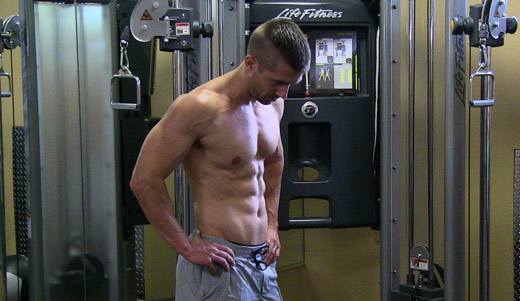
These deadly body positions are generally attributed to chronic use of technology and the ‘desk-job’ lifestyle. Also known as the turtle syndrome. This posture looks awful and is awful for the body. Proper posture relies on 3 crucial components: a strong posterior chain, a mobile trunk, and an open front-side.
It’s essential to be aware of and able to correct muscle imbalance patterns, as they often lead to poor exercise technique, compensation patterns, and injuries. And crunches do the latter of this in an already closed off front, pulling the shoulders forward not allowing the spine to move freely as it’s designed to do.
REASON #5: The ‘CORE’ is Multi-Functional & Multi-Dimensional
Your core is a complex series of muscles, extending far beyond your abs, including everything besides your arms and legs. It is incorporated in almost every movement of the human body.
Our core has 3-D depth and functional movement in three planes of motion: the sagittal plane, coronal plane, and the transverse plane.
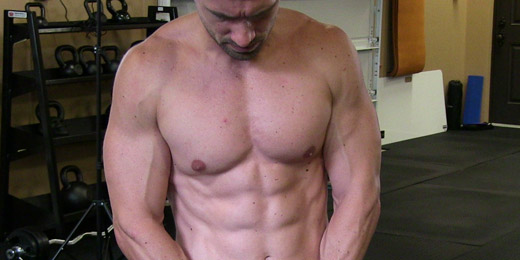
The sagittal plane divides the body into left and right. When we move along this plane, we are using the strength of our muscles to move parts of the body forward or backward. Extension and flexion happen along the sagittal plane. This means most running, biking, rowing, and lifting movements make use of this plane.
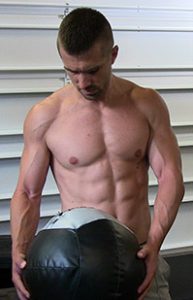
The coronal plane divides the body into front and back. When we move along this plane, we are moving toward or away from the midline. Adduction and abduction are movements along this plane. Many of our daily movements and exercises involve very little abduction. We tend to stay fairly neatly hugged in toward the middle.
The transverse (or horizontal) plane divides the body into top and bottom, but it is a little less straightforward. Any time we rotate THE SPINE we are moving along the transverse plane. In daily life, this is the action we do least frequently, particularly with the large joints in the hips, shoulders, and spine.
Many of the muscles are hidden beneath the exterior musculature people typically train. The deeper muscles include the transverse abdominals, multifidus, diaphragm, pelvic floor, and many other deeper muscles. These muscles can act as an isometric or dynamic stabilizer for movement, transfer force from one extremity to another, or initiate movement itself.

Your core most often acts as a stabilizer and force transfer center rather than a prime mover. Yet consistently people focus on training their core as a prime mover and in isolation. This would be doing crunches or back extensions versus functional movements like deadlifts, overhead squats, and pushups, among many other functional closed chain exercises.
By training that way, not only are you missing out on a major function of the core, but also better strength gains, more efficient movement, and longevity of health.
And these are just the TOP 5 reasons why crunches are dead AND deadly!
It’s time to STOP doing crunches & sit-ups.
Click Here for a Free Report –
The DEATH of Crunches & Sit ups
By Brian Klepacki, MS, CSCS, FMS, CISSN


